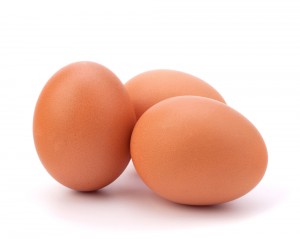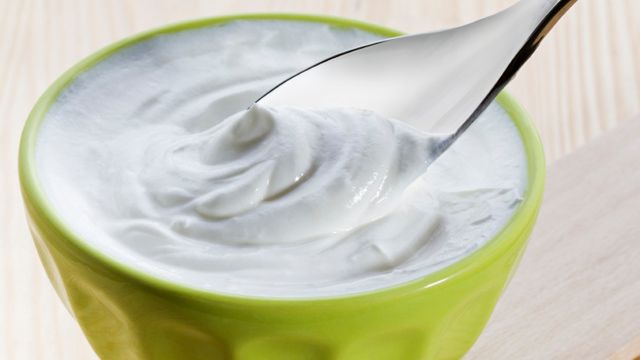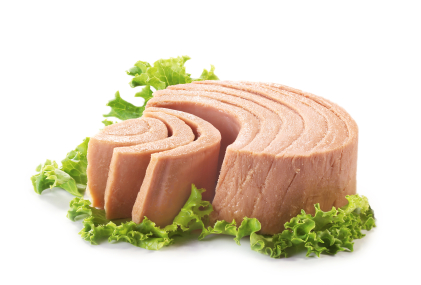The difference between a snack that’s staying power and one that leaves you hungry an hour later? Protein. High Protein Diet Snacks will make you feel fuller and more energetic. Protein nutrient is a hunger-breaking powerhouse since it keeps blood sugar constant and impedes digestion, and research reveals protein helps keep cravings at bay. Protein snacks are the perfect way to fill up just enough, and give us longer-lasting energy than the standard, carb-heavy options.
Believe Greek yogurt is the be-all-end-all for high-protein dairy bites? Think again: A single-serving container of nonfat cottage cheese is only 110 calories and boasts 3 grams more protein when compared to a normal portion of yogurt that is Greek. Plus, it gives you 125 milligrams of bone-building calcium.
 Eggs used to be considered a nutritional no no due to their high cholesterol content. Now, though, most nutritionists agree that they’re a powerhouse breakfast or snack when enjoyed in moderation. In addition to protein, the meek egg offers you a hearty dose of vitamin D and vitamin B-12 for only 77 calories apiece.
Eggs used to be considered a nutritional no no due to their high cholesterol content. Now, though, most nutritionists agree that they’re a powerhouse breakfast or snack when enjoyed in moderation. In addition to protein, the meek egg offers you a hearty dose of vitamin D and vitamin B-12 for only 77 calories apiece.
You probably would not throw a jar of peanut butter into your handbag, but for convenience and natural portion control, you can carry individual squeeze packs of nut butters. A single-serving part of sugar free peanut butter is made with palm fruit oil and just peanuts –no additional sugars here and contains 190 calories.
Simply add hot water to oatmeal packages, stir, and also you’ve got a warm bowl of protein- and fiber-packaged oats in minutes for 150 to 200 calories per serving. For times you need a little something extra to fill you up, slice a banana into your oats or toss in a couple of almonds.
In addition to belly-filling protein, a 90-calorie microwave package of edamame (soybeans in their own pods) provides 3 grams of fiber. The combo of protein and fiber is not weak against hunger. For only 120 calories per serving, roasted chickpeas also offer 5 grams each of protein and fiber. Even better, a daily helping of dietary pulses like chickpeas (as well as legumes, lentils, and peas) can lower LDL cholesterol levels, based on research.
 It is a good idea to switch from traditional yogurt to Greek yogurt, in the event you’re aiming to get more protein in your daily diet. Greek is strained, therefore it contains more protein and half the sugar when compared with traditional yogurts –and takes on a thicker consistency.
It is a good idea to switch from traditional yogurt to Greek yogurt, in the event you’re aiming to get more protein in your daily diet. Greek is strained, therefore it contains more protein and half the sugar when compared with traditional yogurts –and takes on a thicker consistency.
Nutrition bars are a no brainer–they are a filling snack in a no-fuss, easy-to-carry package. But before you chow down, read the label carefully. Some are loaded with fat and sugar, and more protein isn’t necessarily better. Aim for a bar with about 10 to 15 grams of protein with less than 15 grams of sugar and at least 5 grams of fiber.
Roll and stash turkey breast slices in a plastic container or wrapping in foil. You could also pump up thin slices of red pepper or the veggie content even more with a couple baby carrots. The combo includes about 75 calories and 18 grams of protein to hold over you from lunch to dinner.
Low fat chocolate milk is the ideal post-workout snack, delivering 9 grams of protein that helps boost retrieval and repair muscle. Throw one in your own car in the morning and sip it on your way home from the gym.
 Are you aware there are 14 almonds per 100- calorie? Should you not have time to count them out into travel-friendly zip-close bags, portion-controlled packs take out the guesswork. You can get them with walnuts or almonds, but when you’re trying to find protein, go almonds. They include somewhat more (4 grams) compared to walnuts (3 grams).
Are you aware there are 14 almonds per 100- calorie? Should you not have time to count them out into travel-friendly zip-close bags, portion-controlled packs take out the guesswork. You can get them with walnuts or almonds, but when you’re trying to find protein, go almonds. They include somewhat more (4 grams) compared to walnuts (3 grams).
Tuna package contains 16 grams of protein and 100% of your daily need of the free radical-fighting antioxidant selenium. Whole grains are a surprisingly great source of protein. With a mix of electricity grains like quinoa, brown rice, and oats, it is got 6 grams of protein, plus energizing iron and B vitamins to perk you up.